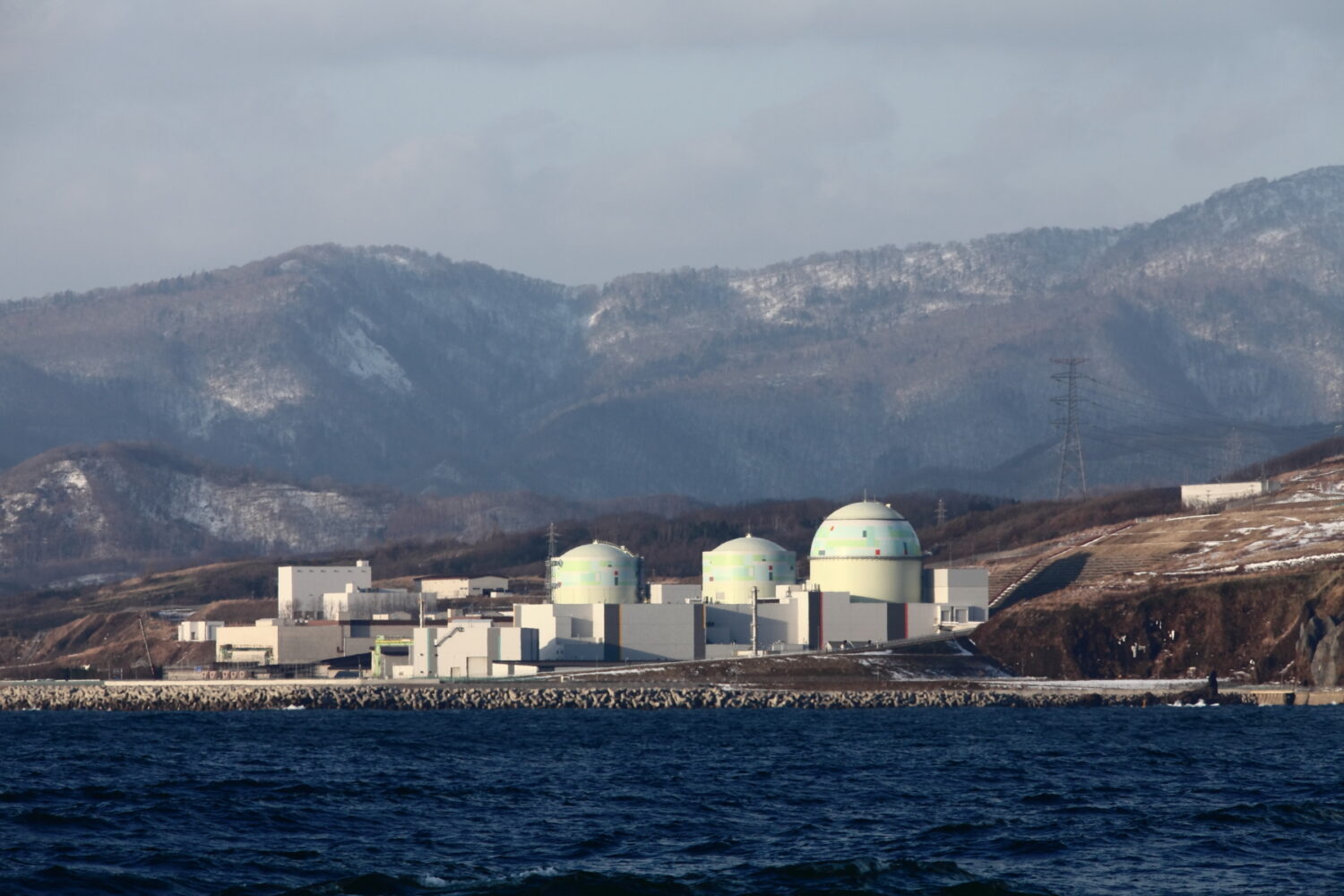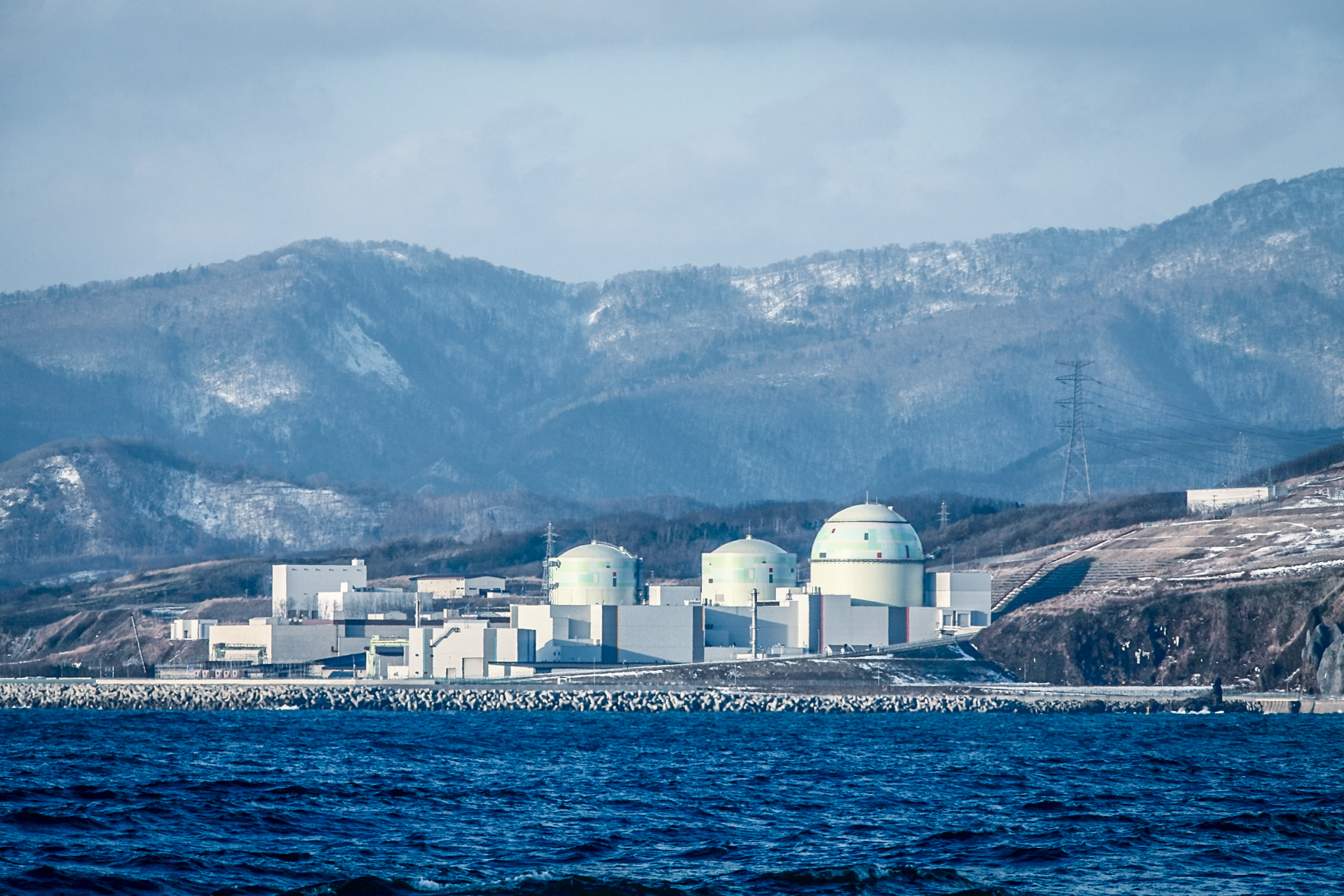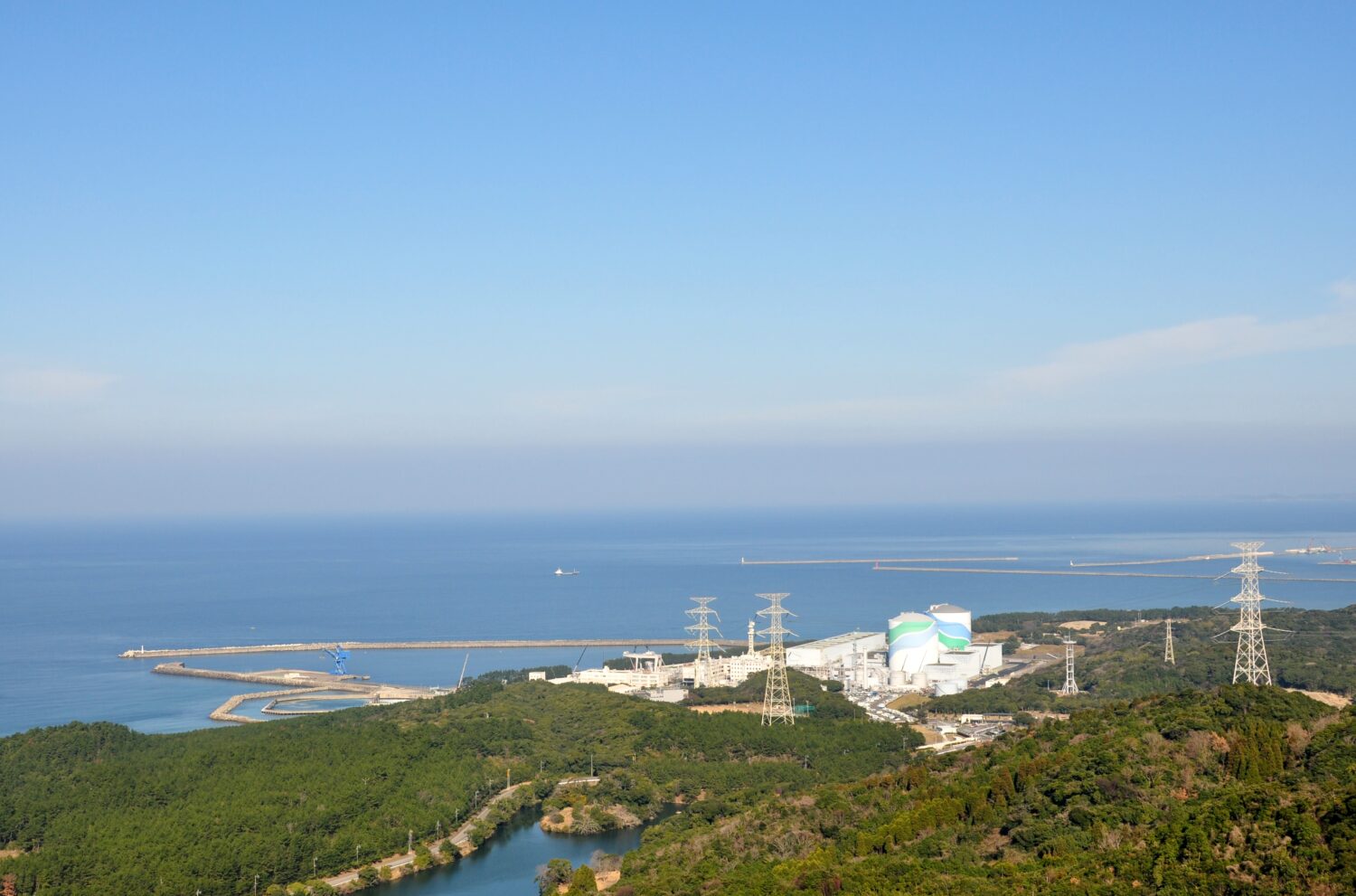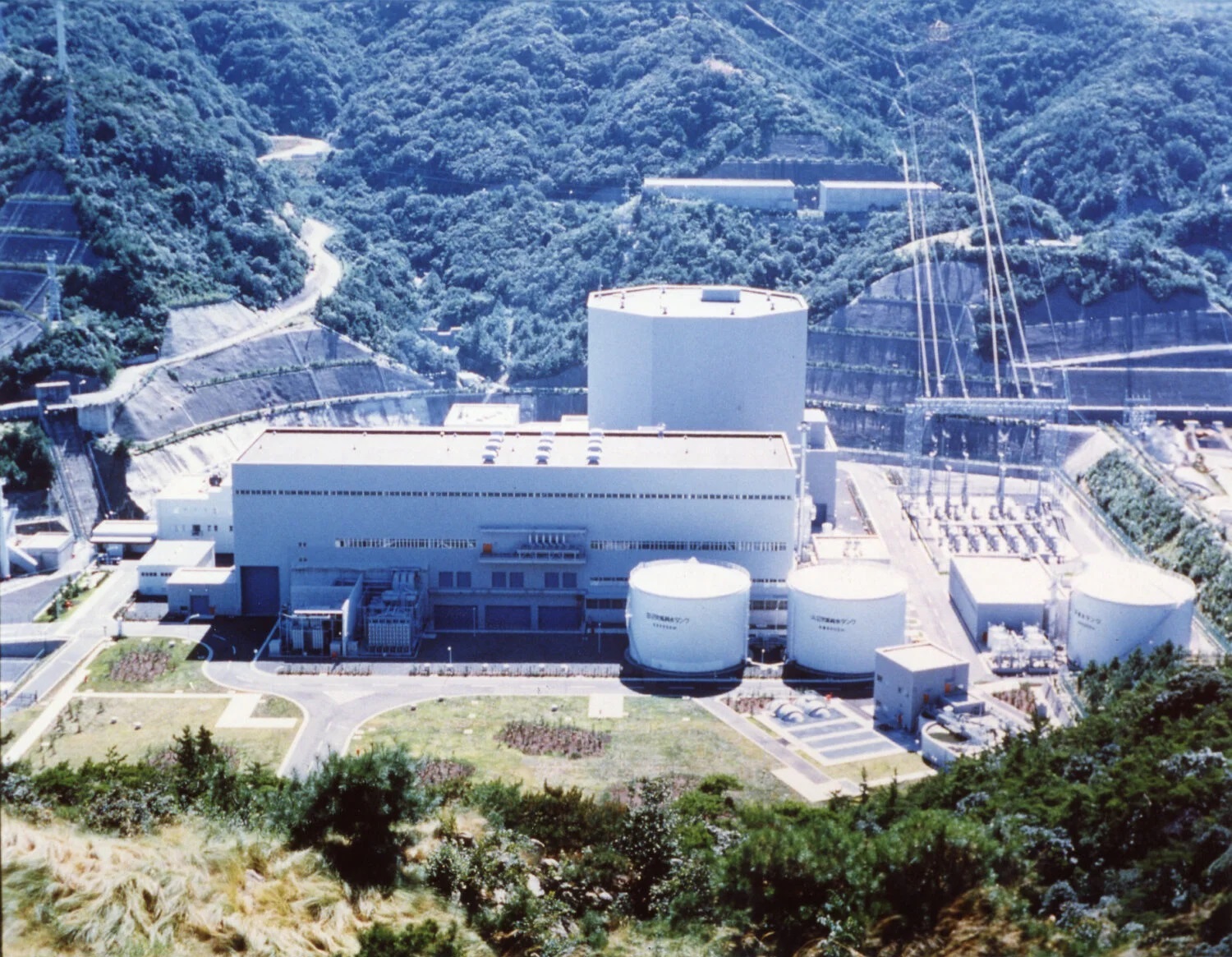Unit 1 at Takahama has already been in service for a full four decades since it began operation, one year longer than the 39 years for Unit 2. In order to operate both reactors beyond the 40-year limit, Kansai Electric Power needs to file applications with the government for permission, along with the results of compatibility examinations under the new regulatory standards, as well as enabling special inspections to access the deterioration of the reactors and other facilities.
The deadline for applying to the Nuclear Regulatory Authority (NRA) is July 2015, extended beyond the normal 40-year limit as an extraordinary case in line with the revised law for regulating nuclear source material, nuclear fuel material and reactors (the so-called Reactor Regulation Law).
In its special inspections, the power company will use ultrasonic equipment to check for defects in the welded parts of the reactor vessel, confirming the strength of concrete structures by sampling. On December 1, it started visually checking the steel plates making up the reactor containment vessel.


-013.jpg)

-049.jpg)
.jpg)










